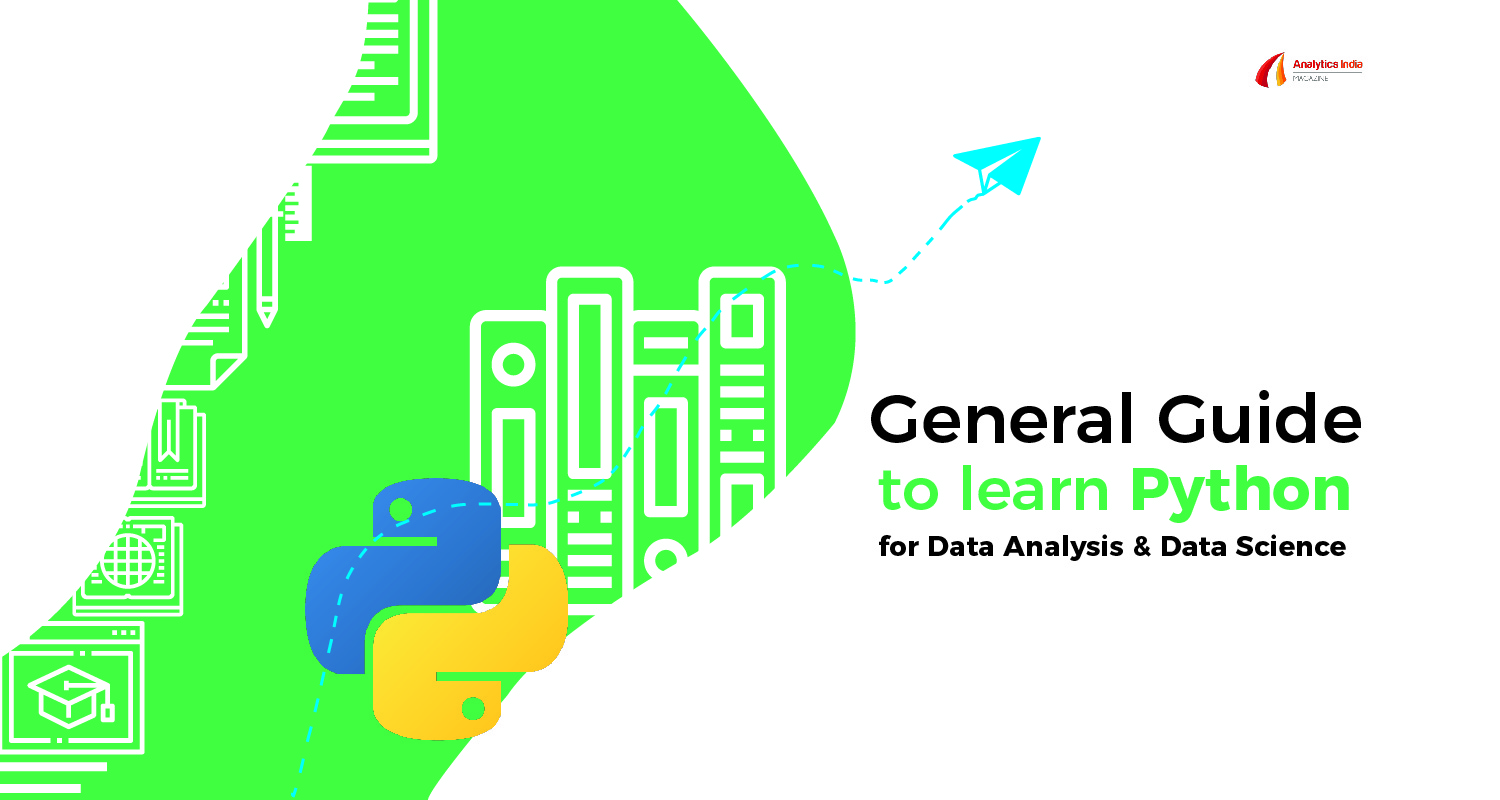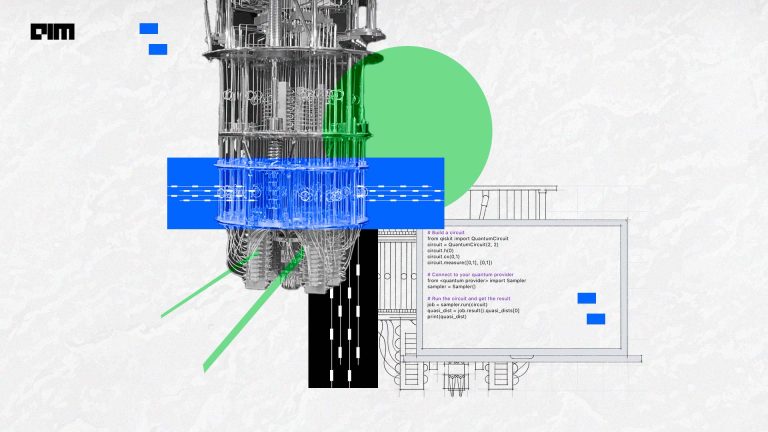Data Science and Python are two of the most common technical terms which we hear all everywhere. Combination of these two will give an advantage for the aspirants in the New Tech area. As showcased year after year, the usage and importance of Python is growing daily, especially with the data analytics and the data science community.
Here we will give you a general guide to get started:
Why Python
- Popularity:
Python is one of the most prevalent tools for data analysis. In a survey carried out by Analytics India Magazine, it was found that 44% of data scientists prefer Python, it is ahead of SQL and SAS, and behind the only R.
- General Purpose Programming:
Though there are other popular computing tools utilised for analysing data (e.g. R, SAS), Python is the only reliable general-purpose programming language
Step 1: Establishing A Python Environment For Data Analysis
- Download the ANACONDA Python Data Science Platform
It is very easy to setup Python environment for performing data analysis. The most accessible way to start is to download the free Anaconda package, as it contains the core Python language, as well as all of the necessary libraries including NumPy, Pandas, SciPy, Matplotlib, and IPython. It also has the graphical installer. Anaconda python package can be installed on any computer.
Once installed a package will be launched which contains numerous programs. The most significant one is the iPython notebook, which is popularly known as Jupyter notebook. When the notebook is launched, the terminal is opened and a notebook is opened in your browser.
This doesn’t require an internet connection. The browser is used instead of a separate program and serves as the coding environment.
Step 2: Acquiring The Basics And Fundamentals
There are numerous ways to learn the basics of Python. A number of online courses which offer free tutorials on Python for data science. These free courses consist of video tutorials and documentation with practice exercises is a comprehensive way to learn by active participation, as opposed to the traditional method of reading concepts and looking at examples. One of the popular course is offered by DataCamp.
Step 3: Knowing About Essential Python Packages For Data Analysis
Being a general purpose language Python is often used beyond data analysis and data science. Abundant availability of libraries makes Python remarkably useful for working with data functionalities. The significant Python libraries that are used for working with data.
- Numpy – this library provides fundamental scientific computing.
- Matplotlib – used for plotting and visualization.
- Pandas – applied for data manipulation and analysis.
- Scikit-learn – library designed for machine learning and data mining.
- StatsModels – packed with statistical modelling, testing, and analysis.
- Scipy-SciPy is a bunch of mathematical algorithms and convenience functions built on the Numpy extension of Python.
- Seaborn-Seaborn is mostly used for the visualisation of statistical models.
- Plotly-a web-based toolbox for constructing visualisations.
- Theano-package that defines multi-dimensional arrays.
Step 4: Loading DataTo Learn With
The best way to learn any programming language is to take a sample dataset and start working with it. By practising on these sample datasets will help aspirants to apply new techniques and experiment with learned methods and get to know about one’s strengths and areas that need improvement.
The StatsModels library of Python includes some preloaded datasets that can be used. Once being familiar with working users can load a dataset from the web or a CSV file.
Step 5: Operations On Data
The most important skills required to extract information from abundant data is data administration. In most of the occasions, we get crude data which is not applicable for analysis.
To make the data available for analysis we need to manipulate it. Python provides tools and applications for transforming, formatting, cleaning and moulds it for examining.
Learning the operations of various libraries of python which were mentioned above in this article would really help aspirants to expertise data manipulation.
Step 6: Effective Data Visualisation
Visuals are remarkably relevant for both exploratory data analysis and to communicate results. Matplotlib is the regular Python library used for visualisation.
Step 7: Data Analytics
Analysing data is not just formatting and creating plots and graphs. The core aspects of analytics are statistical modelling, machine learning algorithms, data mining techniques, inferences. The Python programming language is an excellent tool for analysing data because it has effective libraries such as Scikit-learn and StatsModels which contain the tools of the models and algorithms that are essential for analysis.
Practice
As we discussed what essential technical skills are required in python to start with data science. The focus should be on practice. Start importing data sets from various resources and begin manipulating them. It is highly recommended to use as many operations as possible as it makes one familiar with techniques.




























































































